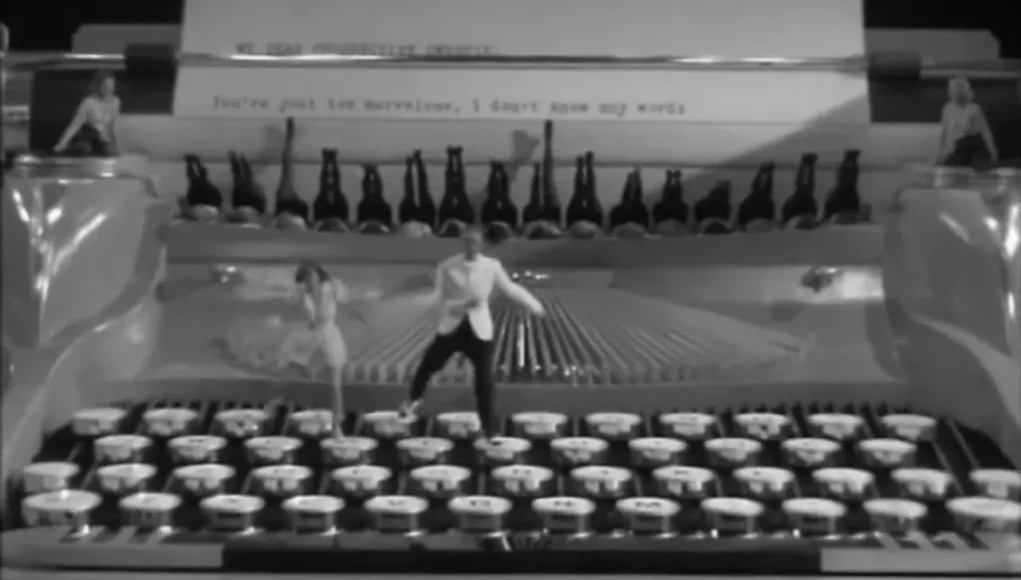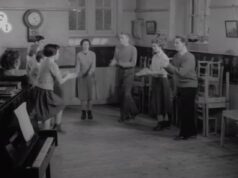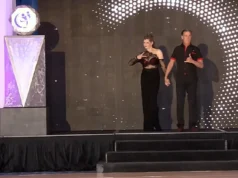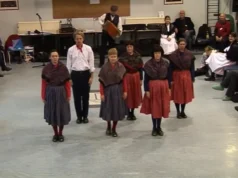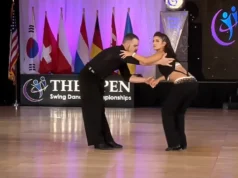Tap dance, an art form bursting with energy and rhythm, is more than just movement—it’s a dynamic storytelling medium. Ruby Keeler and Lee Dixon were icons of this art, bringing a blend of style and charm to the screen. Known for her steady, grounded movements, Keeler added a sense of resilience to her steps, while Dixon’s lighter, more agile style brought a flowing quality that contrasted beautifully with hers. Together, they created a chemistry that felt both playful and masterful, making them a defining influence in film dance.
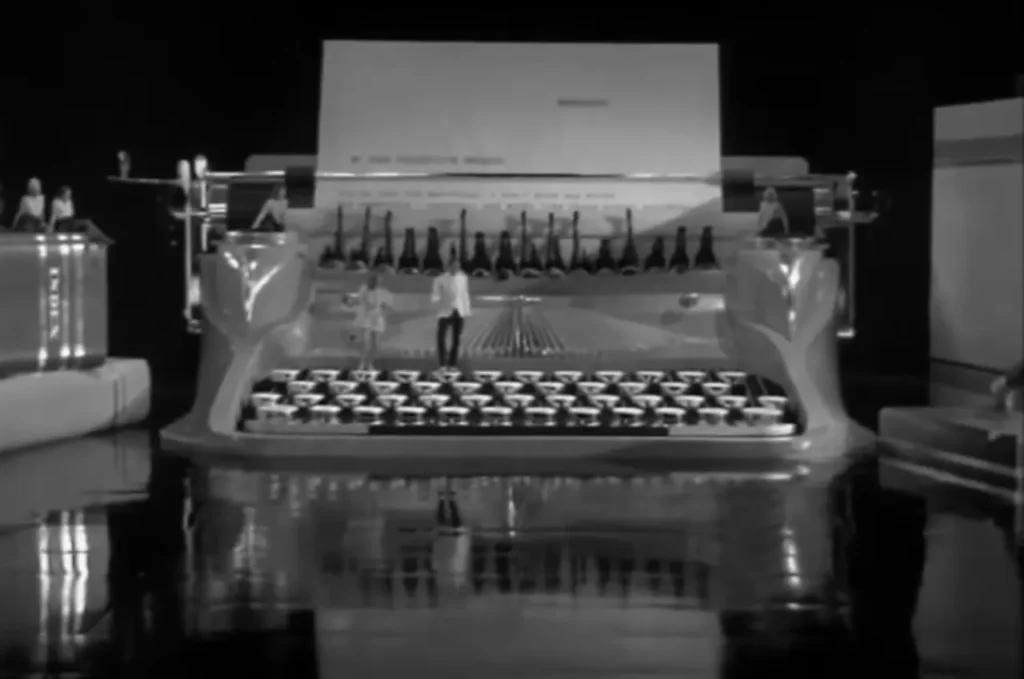
In the 1937 film Ready, Willing, and Able, they performed a now-famous routine on a giant typewriter, transforming it into a rhythmic stage. With each step on the oversized keys, they crafted an unspoken dialogue, their taps like the clicks of a typewriter, each movement a line in an invisible story. The ordinary office tool became a source of spectacle, merging movement with rhythm in a way that captivated audiences. Their synchronization with the music elevated the routine, with every beat and step in perfect harmony, making the piece feel alive.
The dance, choreographed by Bobby Connolly, became a timeless emblem of creativity in tap. Keeler and Dixon showed the world that tap dance could be inventive, emotive, and larger-than-life, leaving a lasting mark on the art form. Their typewriter dance reminds us of tap’s enduring appeal—its ability to turn the everyday into something unforgettable and bring joy to audiences across generations.


